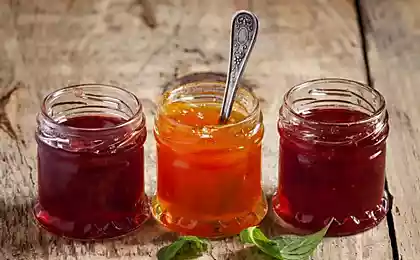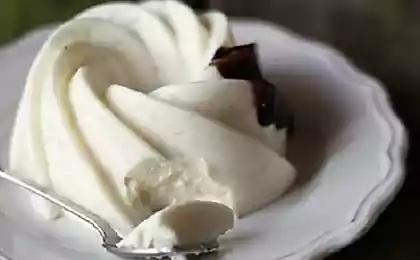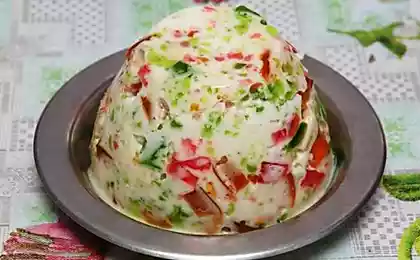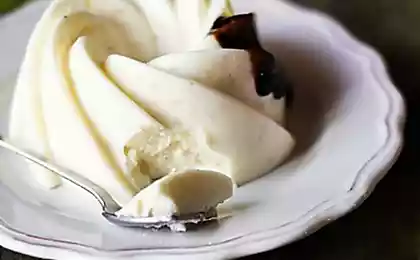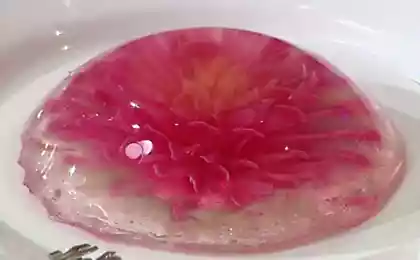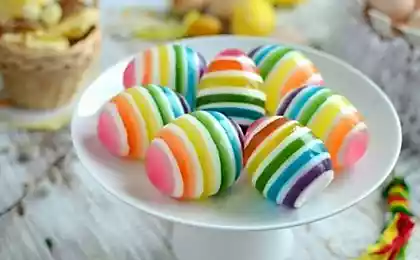223
In order not to get a “rubber product”, properly dilute gelatin
I thought I knew, How to properly dilute gelatin. But the result was not jelly, but some slime. I'm so upset! But in the kitchen there are no mistakes, so you just need to give yourself a second chance. I have studied this topic from a to me and I am in a hurry to share my knowledge with you. In this article you will learn about all the nuances of working with gelatin.
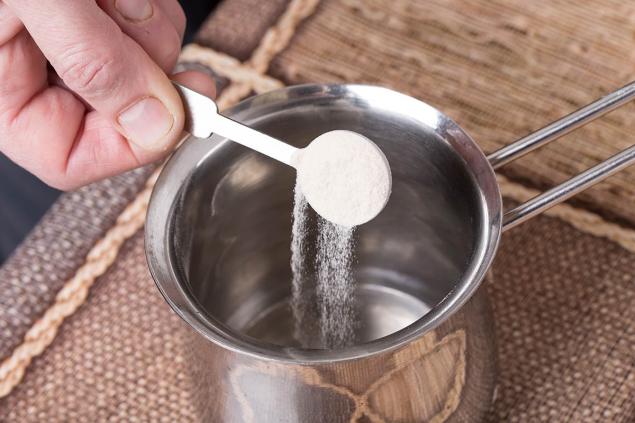
How to properly dilute gelatin Work with gelatin is simple. However, several important nuances must be considered. First, this product has such a characteristic as strength. It's measured in blooms. There is gelatin with a force of 120-260 blooms. The greater the strength of the gelatin, the more mass it can stabilize. There are a huge number of manufacturers on the market, so there are many to choose from.
For gelatin to work, first it must be poured with cold water and allowed to infuse for 7-10 minutes. During this time, the product will swell and be ready to work. For the first stage, gelatin should be diluted in water in a ratio of 1: 6. The liquid is best used with ice. So you will definitely retain all the properties of the product.
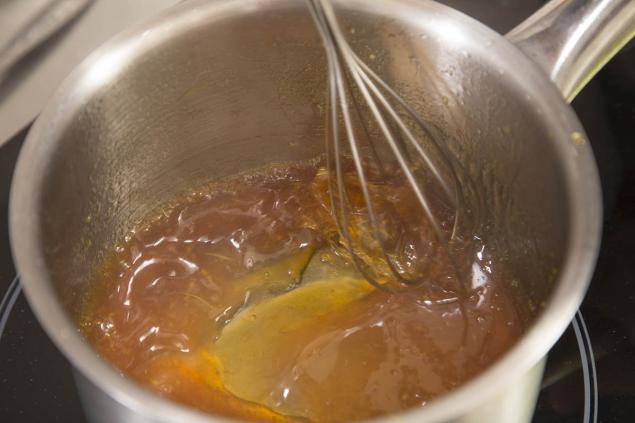
Next, the liquid in which you plan to add gelatin, you need to warm up. There is an opinion that it is impossible to boil gelatin, otherwise it will lose its properties. Chef-confectioner Alexander Oveshkov debunks this myth and calms the hostess. But the ideal temperature conditions for mixing liquid with gelatin are 50-75 degrees.
If you make jelly, you need to stir the mass evenly. To do this, it is ideal to punch it with a submersible blender to combine all the ingredients. Compliance with proportions in this matter plays a paramount role, otherwise you risk getting either slime or a rubber dish.
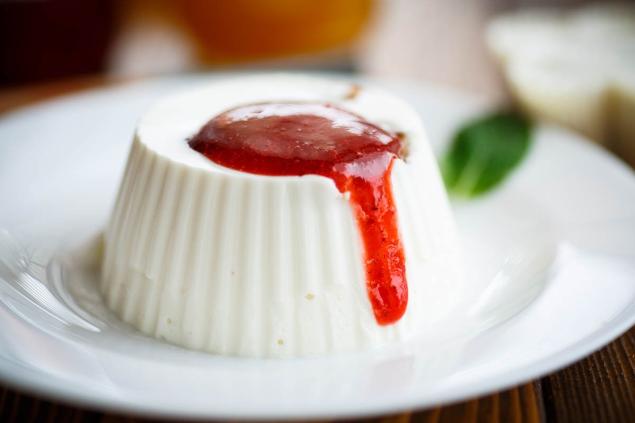
Okay, if you need to cook. jelly1 liter of liquid will require 20 g of raw materials. Classic jelly will require 40-60 g of gelatin per 1 liter of water (milk, juice). This jelly can be easily cut with a knife. However, we advise you to carefully study the instructions of the specific manufacturer whose product you intend to use.
Confectioners work not just with dry gelatin, but with gelatinous. To do this, gelatin is diluted in cold water, as described above. Then the resulting mixture must be mixed and melted in a microwave oven or in a water bath. Then pour into a flat bowl or container and send to the refrigerator.
When the gelatin mass stabilizes, it will be ready to work. It can be cut into several pieces for convenience and used to prepare different dishes. Thanks to this method, the texture of desserts becomes more delicate and silky.
456162
After stabilization, the gelatin mass becomes very elastic. It is convenient to work with: it can be added to creams and other basics for future desserts. You can store gelatin mass in the refrigerator for 3 days.
There is also gelatin. It should also be soaked in cold water. However, the amount of liquid does not matter. The leaf will absorb as much water as it needs. After this gelatin you just need to pull out of the water and use it further.
There are a number of products that should not be used together with gelatin. For example, salt and tropical fruits: kiwi, pineapple and papaya. They contain the enzyme papain, which destroys collagen. And jelly, in fact, is.

Nevertheless, skilled housewives have found a way to prepare these fruits for friendship with gelatin. “Kiwis need to be boiled, heated, poured with boiling water or add more gelatin in the jelly itself,” writes a netizen. I didn't do that, so I can't guarantee anything. But if you have tried something like this, be sure to share a review in the comments.
But I know you can make kiwi jelly with agar-agar. This is a plant-based product with which housewives replace gelatin. As you know, it is a product of animal origin. It is made from tendons, ligaments, bones of cattle, as well as from fish scales and bones. Agree, there is little pleasant here and not everyone likes to eat like this.

So agar-agar comes into play, which you also need to be able to work with. But that is another story altogether. If you are wondering how to replace gelatin in cooking and what products can be used, let me know in the comments. I will definitely write a separate article about it. In the meantime, I wish you a good experience in the kitchen.

How to properly dilute gelatin Work with gelatin is simple. However, several important nuances must be considered. First, this product has such a characteristic as strength. It's measured in blooms. There is gelatin with a force of 120-260 blooms. The greater the strength of the gelatin, the more mass it can stabilize. There are a huge number of manufacturers on the market, so there are many to choose from.
For gelatin to work, first it must be poured with cold water and allowed to infuse for 7-10 minutes. During this time, the product will swell and be ready to work. For the first stage, gelatin should be diluted in water in a ratio of 1: 6. The liquid is best used with ice. So you will definitely retain all the properties of the product.

Next, the liquid in which you plan to add gelatin, you need to warm up. There is an opinion that it is impossible to boil gelatin, otherwise it will lose its properties. Chef-confectioner Alexander Oveshkov debunks this myth and calms the hostess. But the ideal temperature conditions for mixing liquid with gelatin are 50-75 degrees.
If you make jelly, you need to stir the mass evenly. To do this, it is ideal to punch it with a submersible blender to combine all the ingredients. Compliance with proportions in this matter plays a paramount role, otherwise you risk getting either slime or a rubber dish.

Okay, if you need to cook. jelly1 liter of liquid will require 20 g of raw materials. Classic jelly will require 40-60 g of gelatin per 1 liter of water (milk, juice). This jelly can be easily cut with a knife. However, we advise you to carefully study the instructions of the specific manufacturer whose product you intend to use.
Confectioners work not just with dry gelatin, but with gelatinous. To do this, gelatin is diluted in cold water, as described above. Then the resulting mixture must be mixed and melted in a microwave oven or in a water bath. Then pour into a flat bowl or container and send to the refrigerator.
When the gelatin mass stabilizes, it will be ready to work. It can be cut into several pieces for convenience and used to prepare different dishes. Thanks to this method, the texture of desserts becomes more delicate and silky.
456162
After stabilization, the gelatin mass becomes very elastic. It is convenient to work with: it can be added to creams and other basics for future desserts. You can store gelatin mass in the refrigerator for 3 days.
There is also gelatin. It should also be soaked in cold water. However, the amount of liquid does not matter. The leaf will absorb as much water as it needs. After this gelatin you just need to pull out of the water and use it further.
There are a number of products that should not be used together with gelatin. For example, salt and tropical fruits: kiwi, pineapple and papaya. They contain the enzyme papain, which destroys collagen. And jelly, in fact, is.

Nevertheless, skilled housewives have found a way to prepare these fruits for friendship with gelatin. “Kiwis need to be boiled, heated, poured with boiling water or add more gelatin in the jelly itself,” writes a netizen. I didn't do that, so I can't guarantee anything. But if you have tried something like this, be sure to share a review in the comments.
But I know you can make kiwi jelly with agar-agar. This is a plant-based product with which housewives replace gelatin. As you know, it is a product of animal origin. It is made from tendons, ligaments, bones of cattle, as well as from fish scales and bones. Agree, there is little pleasant here and not everyone likes to eat like this.

So agar-agar comes into play, which you also need to be able to work with. But that is another story altogether. If you are wondering how to replace gelatin in cooking and what products can be used, let me know in the comments. I will definitely write a separate article about it. In the meantime, I wish you a good experience in the kitchen.
After passing the test received a promotion, began to think 2 times faster
OlimpBet KZ - deposits and withdrawals
